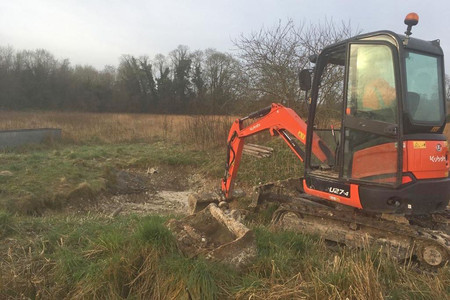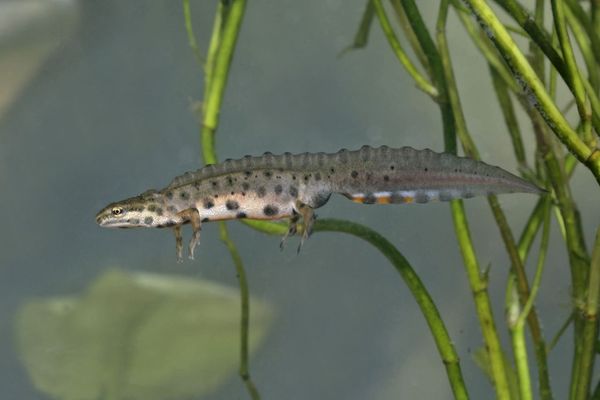Mingledown Barn
Naturetrek Office Grounds Rewilding Update

Tailormade Consultant
17th May 2021



Following our initial success, we have made the exciting decision to expand this project across our whole 12 acres! Although nutrient levels within the soil here are too high for any realistic possibilities of a large wildflower meadow, we have not been deterred, and will be introducing a grassland management regime to diversify the habitats present. This will involve selectively cutting certain areas to a variety of heights, leaving others tussocky and uncut, thereby creating different sward structures to encourage a broader range of plants. The edges of uncut areas will be scalloped to create sheltered microclimates for invertebrates, and the varied grassland structure will provide enhanced opportunities for reptiles, amphibians and small mammals. We will maintain existing patches of successional scrub, enhancing these with additional planting to strengthen natural regeneration where suitable; both around the edges of the field and as ‘islands’ across the site to act as habitat ‘stepping stones’, and will also construct additional, scattered log piles, adding to those already installed around the pond.
This spring, we are undertaking a full ecological review of the site, using the results to further inform the design of our rewilding plan. Amongst our surveys, we will be searching for reptiles, Hazel Dormouse, bats, birds and butterflies, as well as continuing our ever-popular moth-traps. We will keep you updated on our findings!Those of us lucky enough to work in this beautiful corner of Hampshire love getting out for a wildlife walk at lunchtime, and we know that this project will not only enhance the area for local wildlife but also work wonders for our own physical and mental wellbeing. Once our monthly Open Days resume, we will look forward to taking those of you joining us in Chawton out to explore our site, and to perhaps share a few rewilding tips from our in-house experts. We would love to share our ideas, and to hear yours. Perhaps by working together in this way we will be able to gradually build a network of amazing wildlife opportunities across the country!




 Loading search...
Loading search...